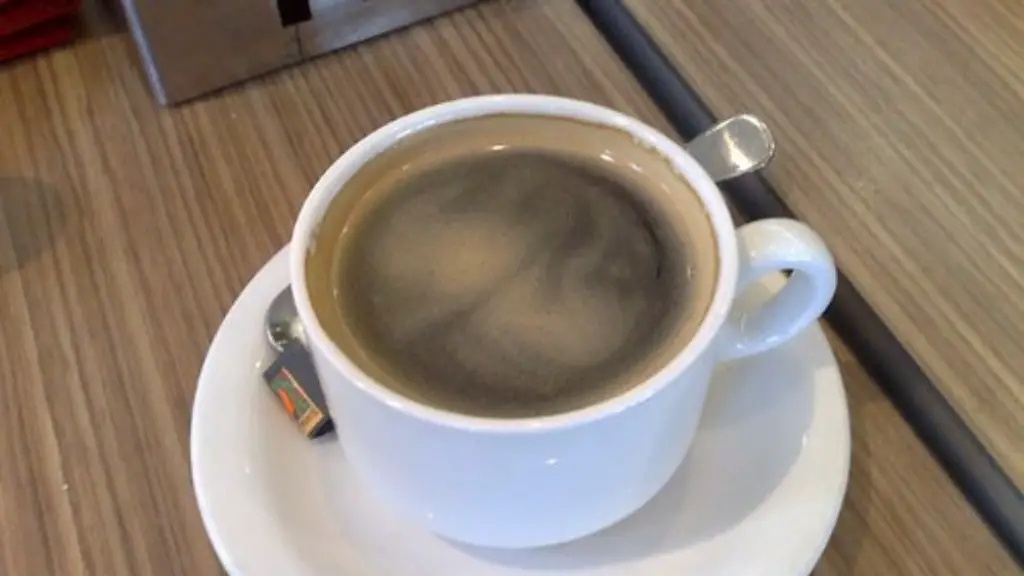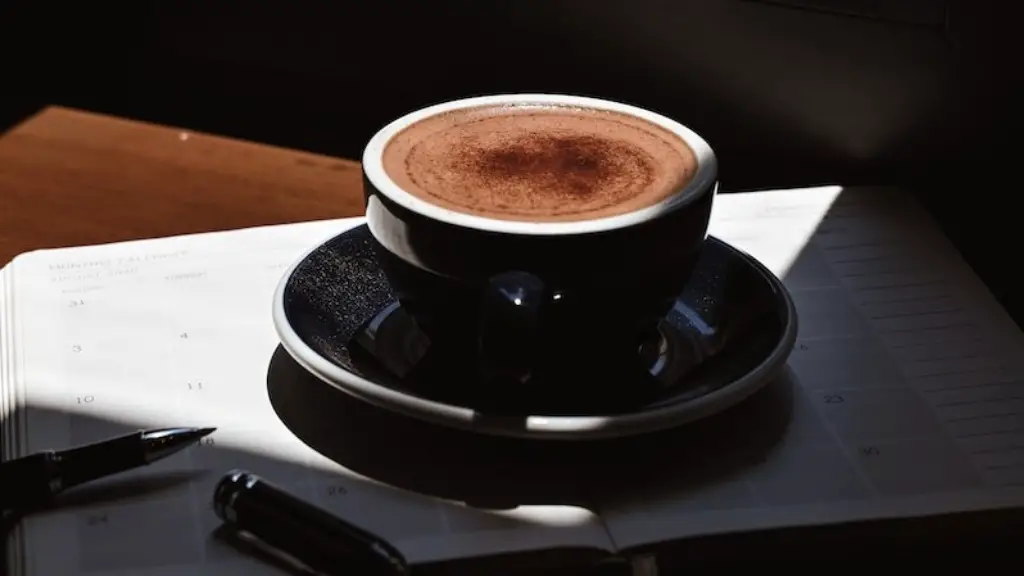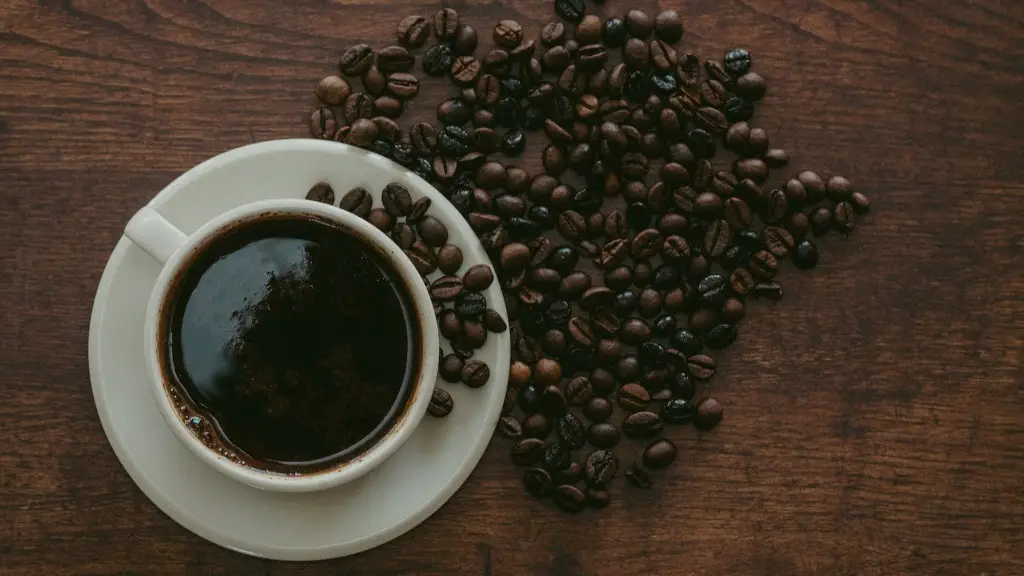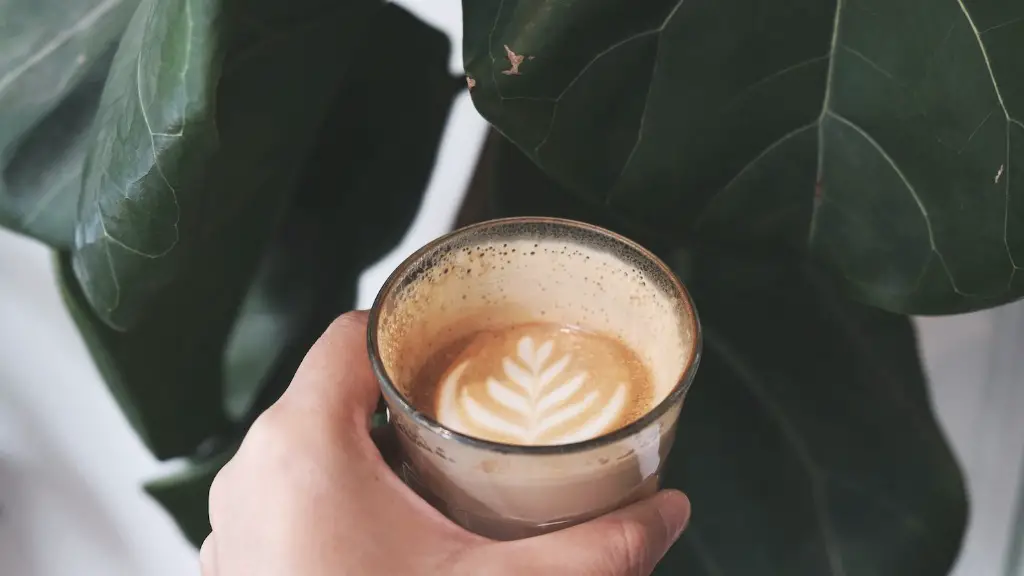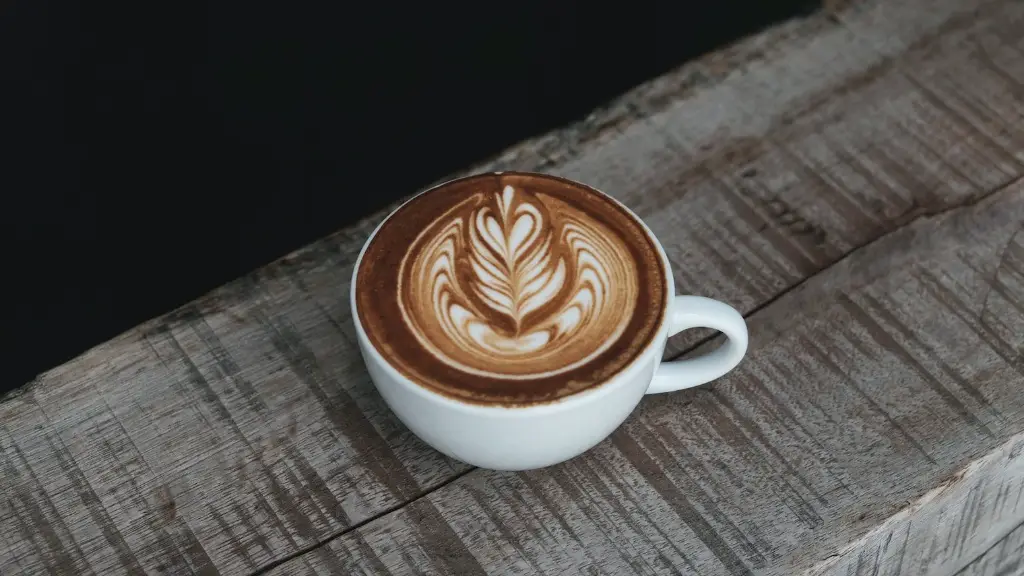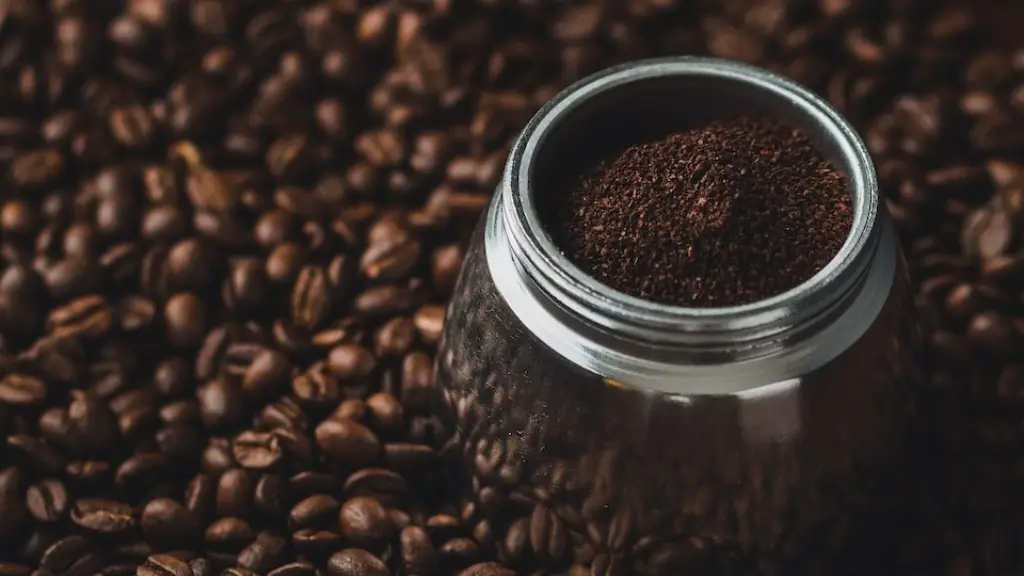In order to mix coffee beans, one must first understand the different types of beans available. Once the different types of beans are understood, it is easier to figure out which beans will complement each other. When mixing coffee beans, it is important to consider the roast, acidity, body, and flavor of each bean. A coffee expert can help guide you to make the perfect mix of beans for your coffee needs.
There’s no one right way to mix coffee beans, but generally speaking, you’ll want to start by mixing together beans of similar size and density. Once you’ve done that, you can experiment with different ratios of beans to find the perfect mix for your taste.
What is the best way to blend coffee beans?
If you want evenly ground coffee beans, it is best to use a burr grinder. A burr grinder will give you the ability to grind the beans as coarse or as fine as you want. The best burr grinders have multiple speeds; the lower speed is best so that no added heat is generated. If you don’t have a grinder, you can use a blender, but the results will not be as consistent.
Coffee blends offer many benefits that single origin coffees cannot. Blends allow for more complex and interesting flavor profiles, as well as the ability to emphasize the best notes of each coffee component. This results in a more dynamic and balanced brew. Customized blends also offer the opportunity to create a unique flavor profile that is tailored to your taste.
Do you blend coffee beans before or after roasting
There are two ways that coffee roasters can mix beans to create a blend: before roasting, or after roasting. Each method has its own benefits and drawbacks.
Mixing beans before roasting allows the roaster to more evenly distribute the different types of beans, resulting in a more consistent flavor. However, it can be difficult to achieve the desired flavor profile if the beans have different roast levels.
Mixing beans after roasting is easier to control, since the roaster can taste the coffee and adjust the blend as needed. However, it can be difficult to achieve a consistent flavor profile since the beans will have different roast levels.
When it comes to coffee, there are so many different ways to enjoy it. If you’re looking to taste the subtle differences between different coffees, then roasting and mixing them in different ratios is a great way to do it. Alternatively, you could also try mixing light and dark roasts together to see if they compliment each other. Whichever way you choose to experiment, you’re sure to enjoy the process and the results!
Can I just grind coffee beans in a blender?
If you’re looking to grind coffee beans for use in a drip coffee maker, French press, or cold-brew coffee maker, the first step is to toss a small amount (try 1/4 cup) of beans into a blender. Pulse the beans on medium speed to break them down to your preferred grind. Using a blender generally creates a coarser grind, which is ideal for these brewing methods.
It usually takes less than 30 seconds to grind coffee beans in an electric grinder.
Can you run water through coffee beans twice?
There are a few things to keep in mind if you plan on reusing coffee grounds to make another cup or pot of coffee. First, know that the flavor will be diluted and the coffee may taste more bitter than intended. Also, make sure to clean the coffee maker thoroughly afterwards to prevent any build-up of coffee grounds.
If you are looking for a stronger and more bitter taste in your coffee, you should roast the beans for a longer period of time. This will allow more of the natural oils to be released from the beans, giving the coffee a richer flavor.
Can you mix dark and medium roast coffee beans
Different types of coffee grounds can absolutely be mixed together. Each type of coffee will contribute a bit to the final mix; you will still taste all of them. This can be a great way to create your own unique blend of coffee. Have fun and experiment to find the perfect mix for you!
The main reason people are encouraged to spray coffee beans prior to grinding is because this reduces the amount of static. Therefore you have less coffee grounds sticking to the side of your portafilter/grinder so you use all of the grounds whilst creating less mess.
Should you moisten coffee beans before grinding?
Adding a couple of droplets of water to your beans before grinding them can actually help to improve the grind. The water will help to keep the beans from getting stuck in the grinder and can also help to create a smoother, more consistent grind.
Most coffee experts suggest waiting a week after the roasting date before grinding beans. Coffee beans are packed and sealed tightly, which slows down the degassing and oxidation process. However, once a bag is opened, this process slowly starts again.
Which beans make the strongest coffee
Robusta coffee beans have the highest caffeine content, making them ideal for those who want a strong cup of coffee. However, they are often used in cheaper blends, so be sure to check the label before you buy. The market for high-caffeine coffee blends has grown significantly in recent years, so you should be able to find a good quality coffee that suits your needs.
It is best to grind coffee beans in advance and store them in a dry place. However, once ground, coffee beans should be used within three days. Ground coffee quickly becomes rancid and flavourless as it oxidises and becomes more bitter.
Are Darker coffee beans stronger?
It’s a common misconception that dark roast coffee has more caffeine than light roast coffee. However, the truth is that the caffeine content of coffee beans is not affected by the roasting process. So, whether you prefer light or dark roast coffee, you can rest assured that you’re getting a similarly caffeinated cup of joe.
A grinder is a kitchen appliance that grinds solid food into smaller particles. A blender is a kitchen appliance that cuts, mixes, or mashes food. Both are powered by electricity. The primary difference between a grinder and a blender is that grinders grind solid food into smaller particles, while blenders cut, mix, or mash food.
Is it better to manually grind coffee beans
There are a few key reasons why manual coffee grinders theoretically produce better tasting coffee. First, manually operated grinders don’t heat up the coffee beans during grinding like most automatic grinders do. The increased temperature from the friction of high-speed grinding can slightly change the coffee’s flavor. Second, manual grinders usually have more adjustable grind settings than automatic grinders. This means you can better tailor the grind size to match your coffee maker and desired flavor profile. Finally, many coffee experts believe the slow, methodical grinding process of a manual grinder preserves more of the coffee’s delicate aromatics and flavors than the high-speed blades of an automatic grinder.
If you want to brew coffee without grinding the beans, it will take a lot longer for the coffee to brew. This is because the surface area of the whole bean is much smaller than the surface area of the grounds. So, if you want to save time, grinding the beans is the way to go.
Conclusion
There is no one definitive answer to this question. Depending on the type of coffee beans you are using and the desired flavor profile, the ratio of coffee to water and the brewing method may vary. In general, a good rule of thumb is to use 2 tablespoons of coffee per 6 ounces of water.
Coffee beans come in a variety of different flavors, so it is important to know how to mix them together in order to create the perfect cup of coffee. There are a few simple steps that you can follow in order to achieve the perfect coffee bean mixture. First, you will need to choose the right blend of coffee beans. Second, you will need to grind the coffee beans to the perfect consistency. Finally, you will need to add the right amount of water in order to extract the flavor from the beans. By following these simple steps, you will be able to create the perfect cup of coffee every time.
